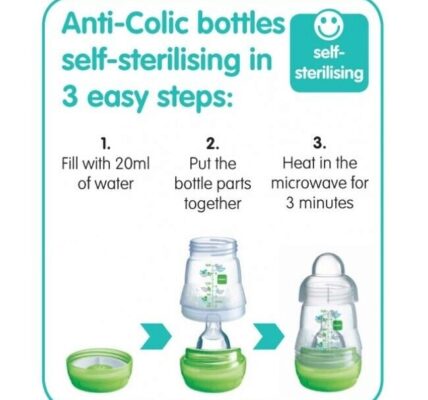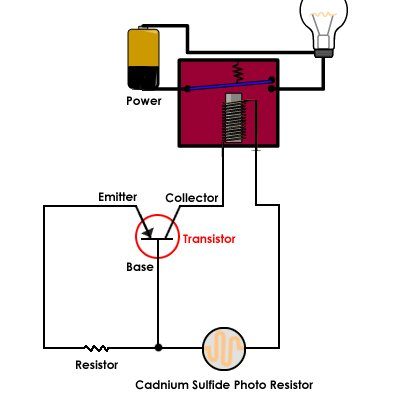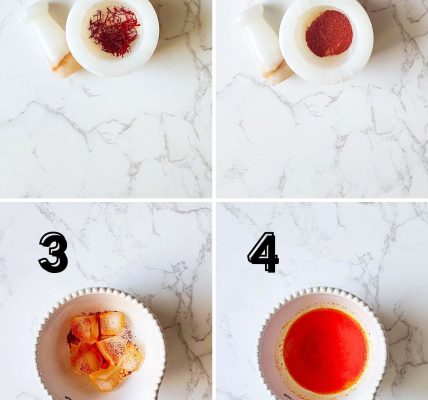Tennis balls last approximately two to three weeks of regular use before losing their bounce and becoming less effective on the court. Factors such as playing surface, storage conditions, and frequency of use all play a role in determining the lifespan of these essential sports accessories. Understanding how long do tennis balls last is crucial for players looking to maintain peak performance during practice sessions or matches. In this article, we will explore tips and tricks to prolong the life of your tennis balls and get the most out of each game. Let’s dive in!
How Long Do Tennis Balls Last: A Complete Guide
Welcome to our comprehensive guide on the lifespan of tennis balls! Have you ever wondered how long those yellow fuzzy balls can bounce and perform well before losing their magic touch? Well, wonder no more! In this article, we will delve deep into the world of tennis balls and uncover the mysteries surrounding their durability and longevity.
The Science Behind Tennis Balls
Before we dive into the lifespan of tennis balls, let’s first understand what makes these little spheres so special. Tennis balls are not your average playthings; they are meticulously designed to meet specific standards for size, weight, and bounce. The core of a tennis ball is made of rubber, which gives it the necessary bounce to keep the game exciting.
However, it’s the outer felt covering that gives tennis balls their signature look and feel. The felt helps the ball grip the court surface, enabling players to control their shots effectively. This felt covering also plays a crucial role in determining how long a tennis ball can maintain its peak performance.
Factors Affecting the Lifespan of Tennis Balls
Several factors influence how long tennis balls last. Let’s take a closer look at some of these factors:
Frequency of Use
One of the most significant factors that determine the lifespan of tennis balls is how often they are used. The more you play with a tennis ball, the quicker it will wear out. Constant impact with the tennis racket and the court surface gradually break down the felt covering, reducing the ball’s performance over time.
Storage Conditions
Believe it or not, where and how you store your tennis balls can also impact their lifespan. Exposure to extreme temperatures, humidity, or direct sunlight can deteriorate the rubber core and the felt covering of the balls. It’s essential to store your tennis balls in a cool, dry place to keep them in top condition for longer.
Quality of Tennis Balls
The quality of tennis balls you use can also affect how long they last. Higher-quality balls are often more durable and can withstand prolonged use compared to cheaper alternatives. Investing in good-quality tennis balls may save you money in the long run, as they tend to maintain their bounce and performance for a more extended period.
Signs That Your Tennis Balls Need Replacing
Now that we’ve covered the factors influencing the lifespan of tennis balls, let’s discuss how you can tell when it’s time to replace them. Here are some signs that your tennis balls might be past their prime:
Loss of Pressure
If you notice that your tennis balls are not bouncing as high as they used to, it could be a sign that the rubber core has lost its pressure. Over time, the rubber can become compressed, affecting the ball’s bounce and performance on the court.
Visible Wear and Tear
Inspect the felt covering of your tennis balls for any signs of wear and tear. If you see bald spots, fraying, or significant flattening of the felt, it’s time to retire those balls. Damaged felt can alter the ball’s aerodynamics and make it unpredictable during play.
Reduced Performance
Lastly, if you find that your tennis balls are not gripping the court surface as well as they used to, or if they feel soft and mushy, it’s a clear indication that they have lost their optimal performance. Playing with worn-out tennis balls can hinder your game and lead to frustration.
Extending the Lifespan of Tennis Balls
While tennis balls do have a limited shelf life, there are ways to extend their durability and optimize their performance. Here are some tips to help you make the most out of your tennis balls:
Rotate Your Tennis Balls
Rotating your tennis balls during play can help distribute the wear and tear more evenly across the balls. By using different balls in each session, you can prevent one ball from deteriorating faster than the others.
Store Them Properly
As mentioned earlier, storing your tennis balls in a cool, dry place away from direct sunlight can significantly increase their lifespan. Consider investing in a tennis ball container or airtight bag to protect your balls when not in use.
Rejuvenate Your Tennis Balls
If your tennis balls have lost some of their bounce but are not completely worn out, you can try rejuvenating them by placing them in a sealed container along with a moist paper towel. The moisture can help restore some of the ball’s bounce, extending their usefulness.
In conclusion, the lifespan of tennis balls can vary depending on several factors, including frequency of use, storage conditions, and the quality of the balls. By understanding these factors and following the tips mentioned in this article, you can make your tennis balls last longer and get the most out of your game. Remember, knowing when to replace your tennis balls is essential for maintaining a consistent playing experience and improving your overall performance on the court.
So, the next time you pick up a new can of tennis balls, keep in mind the insights shared in this guide to ensure that your balls last as long as possible. Happy playing!
HOW LONG DO TENNIS BALLS LAST UNOPENED? OPENED? WHAT ARE THE DIFFERENCES IN THE BRANDS?
Frequently Asked Questions
How can I determine if a tennis ball has gone bad?
To determine if a tennis ball has gone bad, look for signs of wear and tear such as fuzziness, loss of bounce, or visible cracks. A good test is to press down on the ball with your thumb – if it feels soft and doesn’t bounce back well, it may be time to replace it.
What factors can affect the lifespan of a tennis ball?
Several factors can affect how long a tennis ball lasts, including the quality of the ball, playing surface, frequency of use, storage conditions, and exposure to moisture. High-quality balls used on softer surfaces and stored properly will generally last longer.
How long can I expect a tennis ball to maintain its optimal performance?
On average, a tennis ball can maintain its optimal performance for about 2 to 3 weeks of regular use. After this period, the ball may start to lose its bounce and responsiveness, impacting gameplay. It is recommended to replace tennis balls periodically to ensure a consistent playing experience.
Final Thoughts
In summary, the lifespan of tennis balls depends on various factors such as frequency of use, storage conditions, and quality of the ball. Generally, tennis balls can last between one to two weeks of regular play before losing their bounce. To prolong their lifespan, store tennis balls in a cool, dry place and avoid exposing them to extreme temperatures. Regularly rotating and using new tennis balls can also help maintain their performance on the court. Remember, how long do tennis balls last ultimately relies on how well they are cared for.





